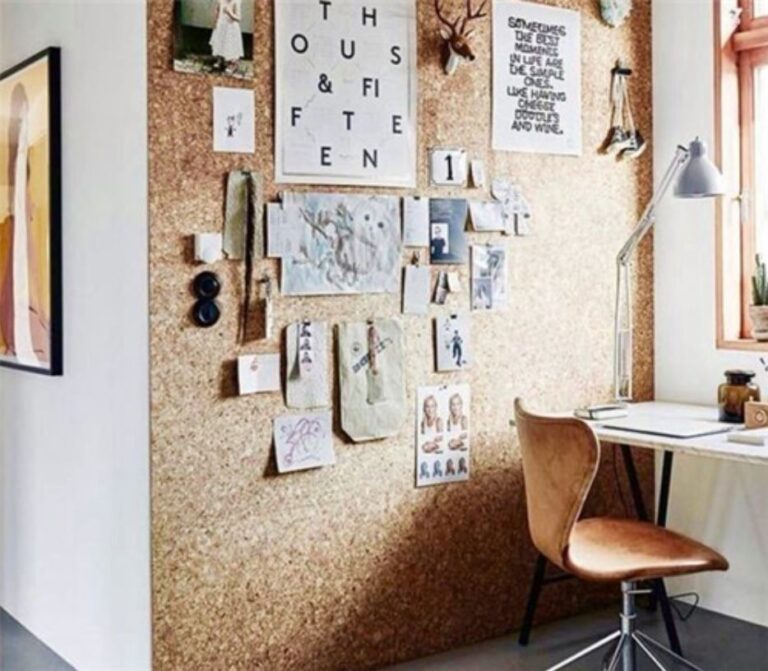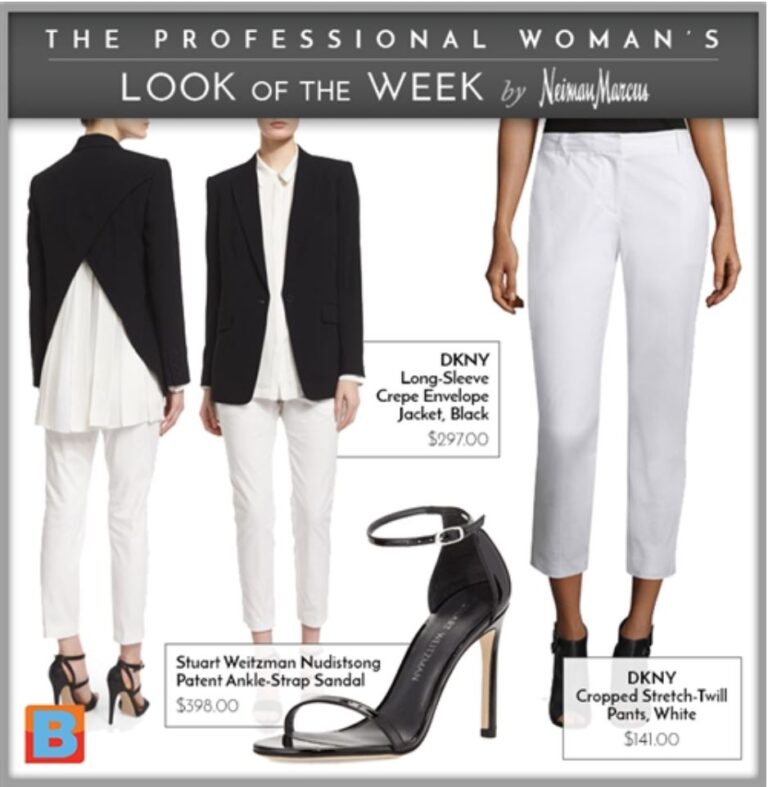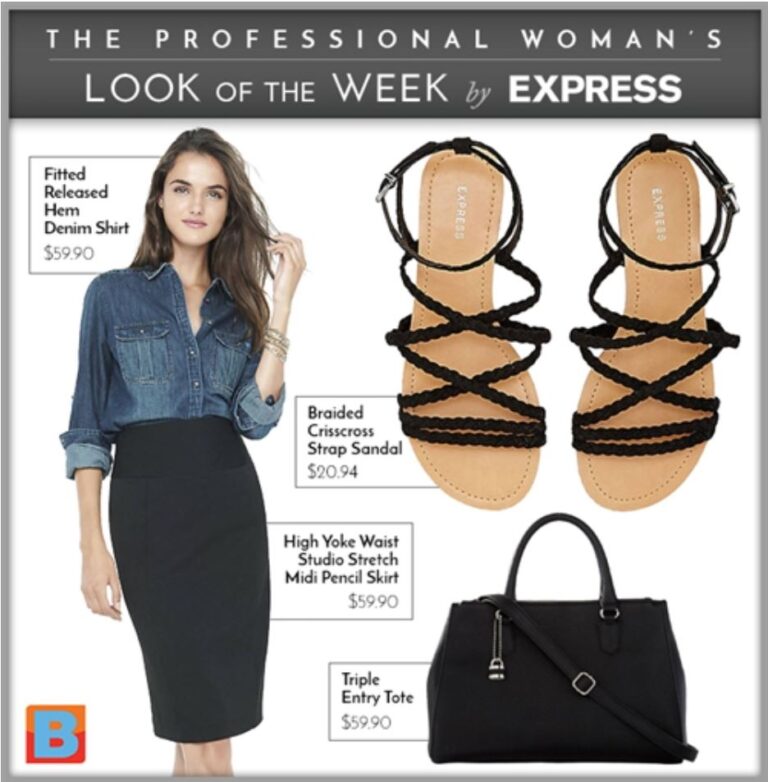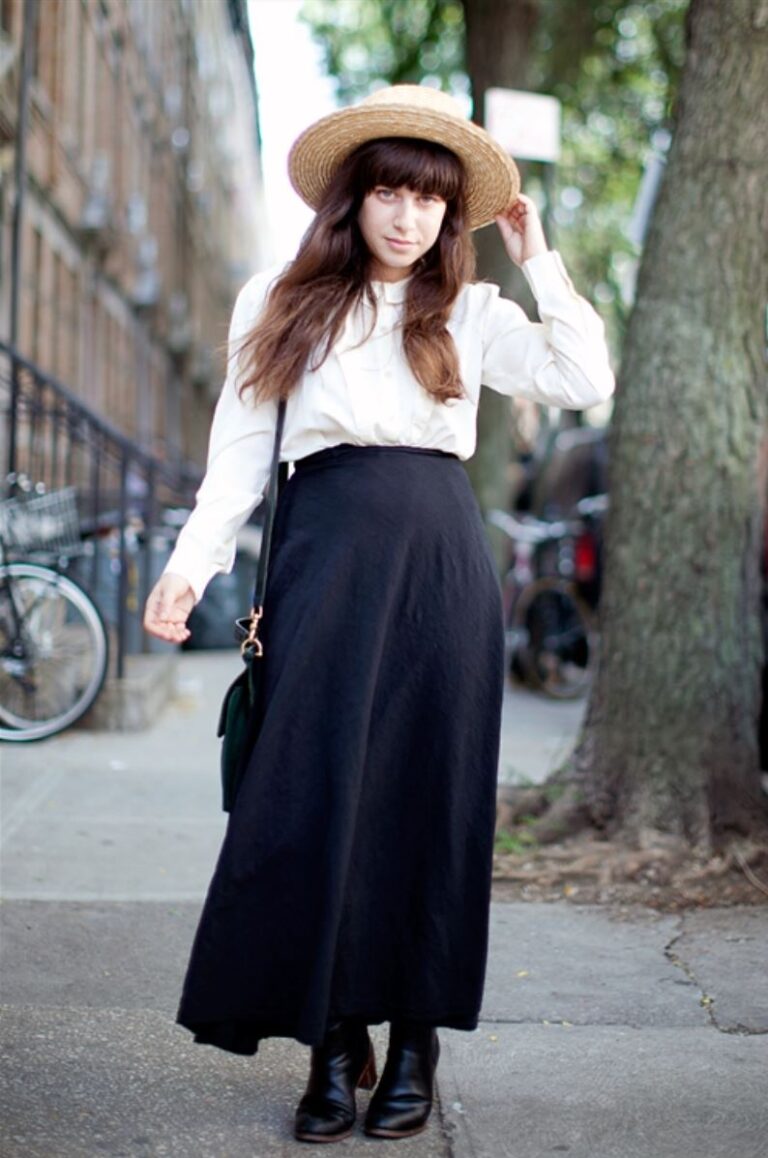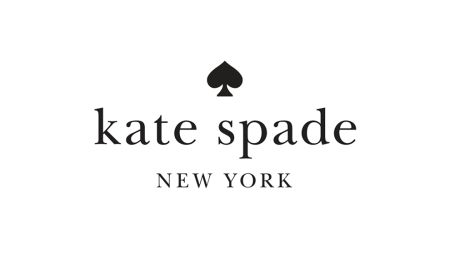A huge trend we are seeing on this year’s 2014/2015 runways were pleats.
Plisse (french for wrinkles) is an antique technique to alter the shape of the fabric, in order to create symmetrical stripes; a geometrical pattern, that turns a bi-dimensional surface into a tri-dimensional decoration.
The Ancient Method
The history of plisse began with the Egyptians. They used to pleat their garments (pouring eggs over linen and drying it in the sun), using them as a symbol of power and luxury. Some archaeologists found a wood instrument with narrow grooves, which suggested the use of pleated garments during the Egyptian’s domination.
To pleat a natural fabric (silk, cotton and wool) was not simple, nor cheap, not only for Egyptians, but in general for even the aristocratic people, to whom pleated garments were imposed by fashion dictates.
Today – most pleated fabrics for fashion are made by pleated machines. Only couture garments are pleated by hand and are for obvious reason – more expensive.
The ancient age of the Greeks – used to pleat their linen tunics by hand.
We can compare those tunics to contemporary couture garments – just to get an understanding of why the plisse was an aristocratic privilege and considered a symbol of luxury.
The only institution, which could repeatedly afford pleated garments, was the church. Cardinals and popes loved the lightness and the preciosity of a pleated muslin or silk tunic. They have worn them for many centuries – even when out of fashion.
Gorgeous Ruffs
Ruffs were considered to be the most exquisite artisanal product of their time: at the end of the 16th century, men and women used to adorn and frame their faces with circular pleated rigid collars, made with laces and muslins and sometimes decorated with pearls and precious stones (Elizabeth the First’s portraits testify the greatness artisanal work behind the ruffs).
The wavy shape of the ruff was given by warm metallic cylinders, which were used each time the fabric was washed, due to losing it’s shape and volume.
Plisse was alternatively used also to decorate tunics and shirts, bonnets, cuffs, ribbons and hems of skirts.
Mariano Fortuny
At the beginning of the 19th century the genius mind of Mariano Fortuny gave new life to the ancient Greek peplum, creating a dress, called Delphos, made with pleated fine silk.
Extremely beautiful, the dress’s intent was to show off the natural curves of the female body.
Fortuny’s pleating process was created and done by hand: he built two wax cylinders with narrow grooves, which could be warmed up and used to first dye the fabric, according to his own color palette, and then he scrolled the fabric between the two cylinders. The result was elasticity, shine and geometrically creased surfaces.
Make way for new pleats
Issey Miyake was a famous designers, who offered a solution for pleats. Which helped pleats not wash out after each wash.
He designed a polyester fabric collection naming it, “Pleats Please.” Which launched in 1993 – the clothes were first cut and sewn together from fabric that was nearly three times as the finished piece, and was then sandwiched between sheets of paper and put into a pleats machine. Making the clothing functional and practical – and easy to store, travel, required no ironing, could be machine-washed, and dried within hours.
Next time you find yourself wearing something pleated, thank polyester or better yet thank Mr. Miyake!









